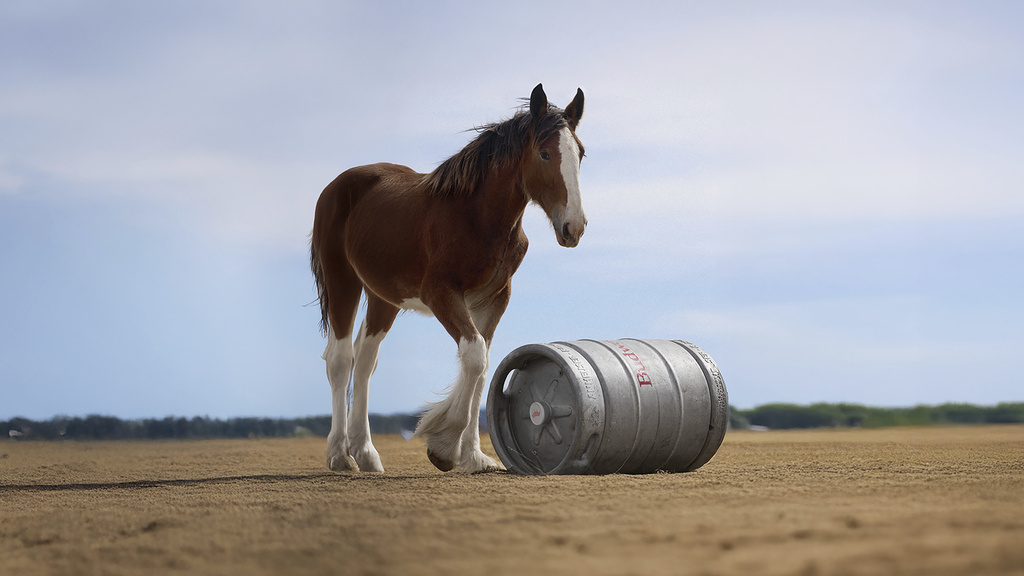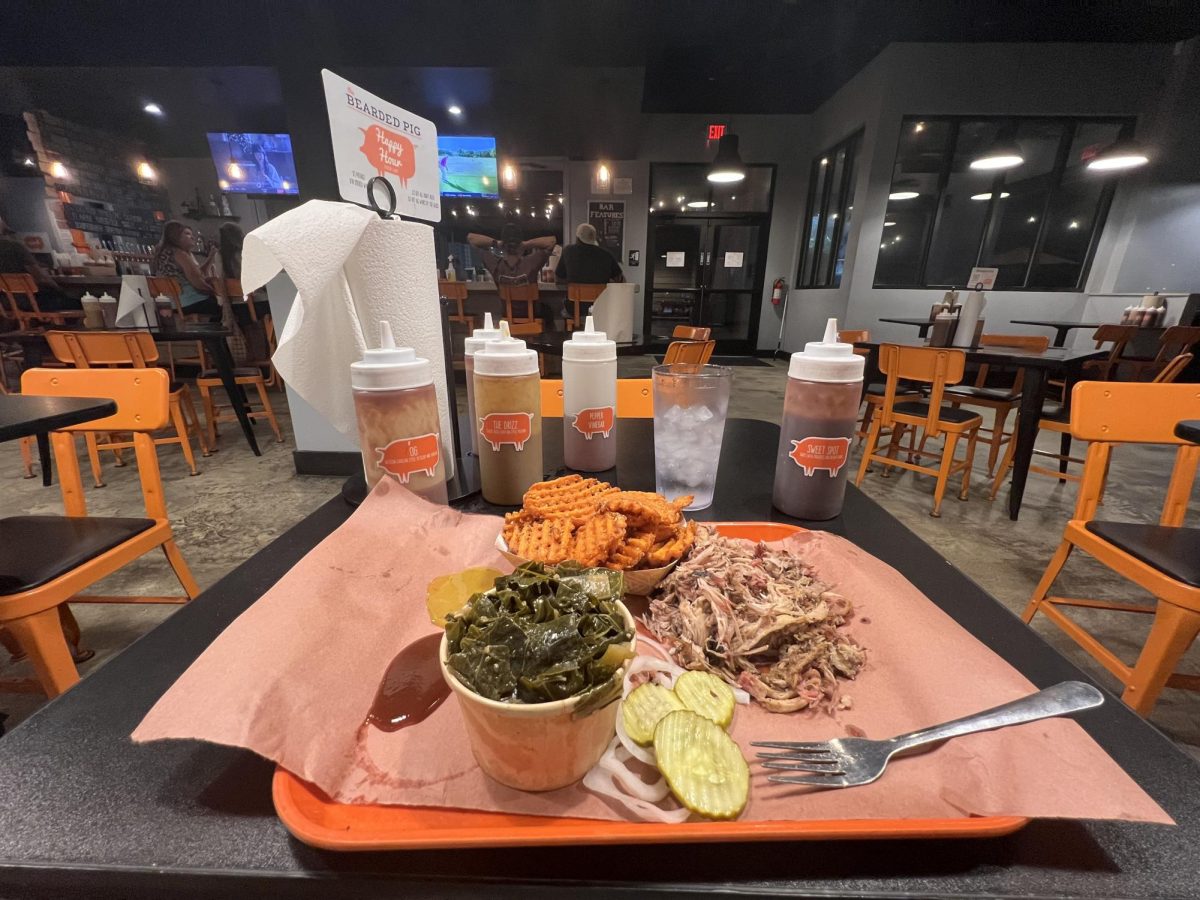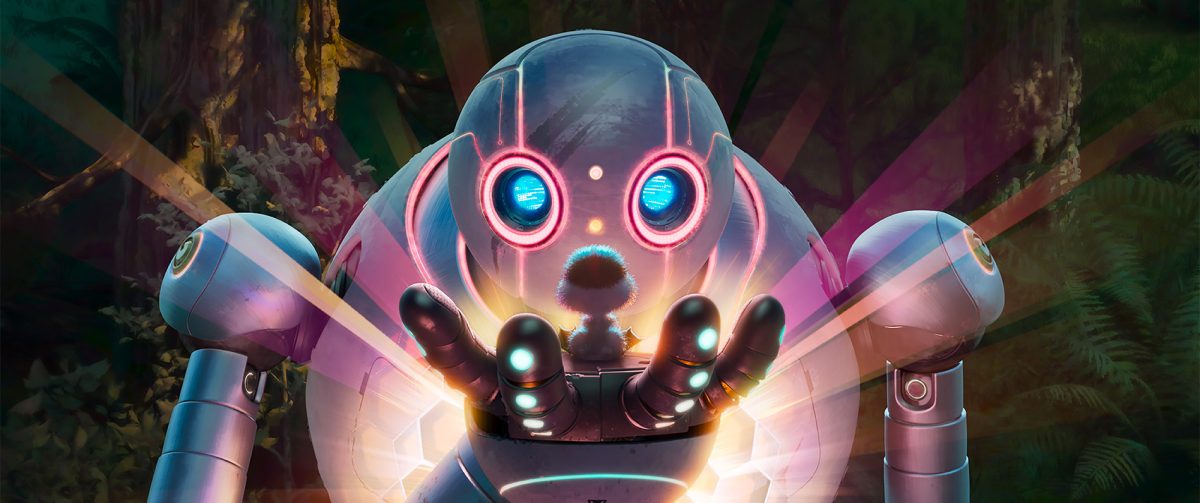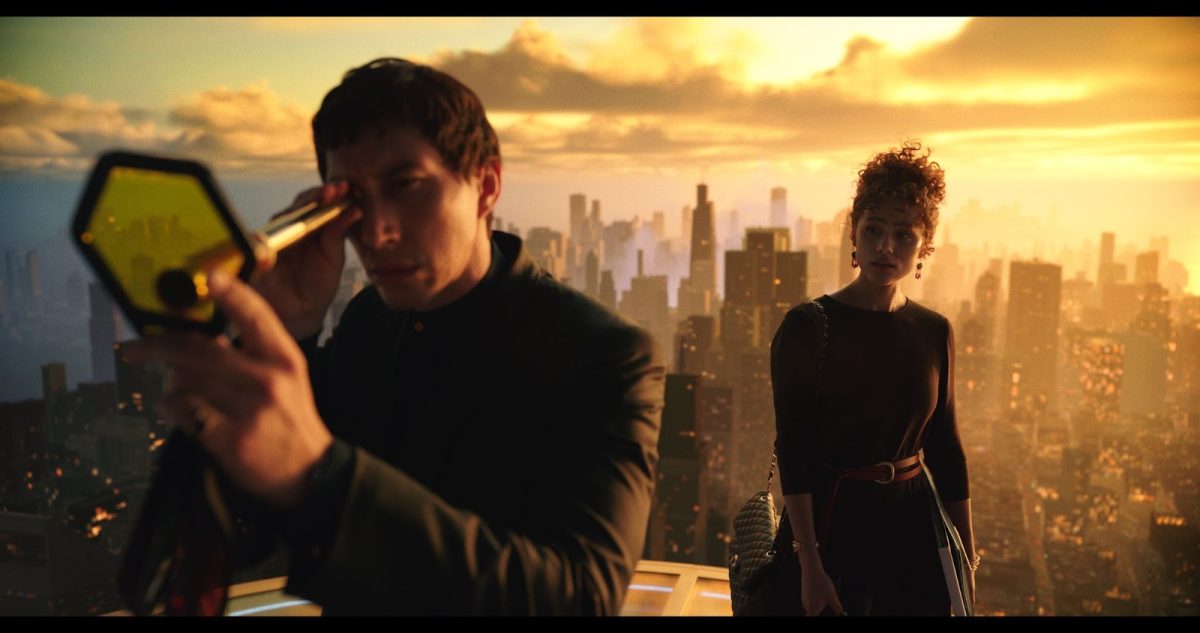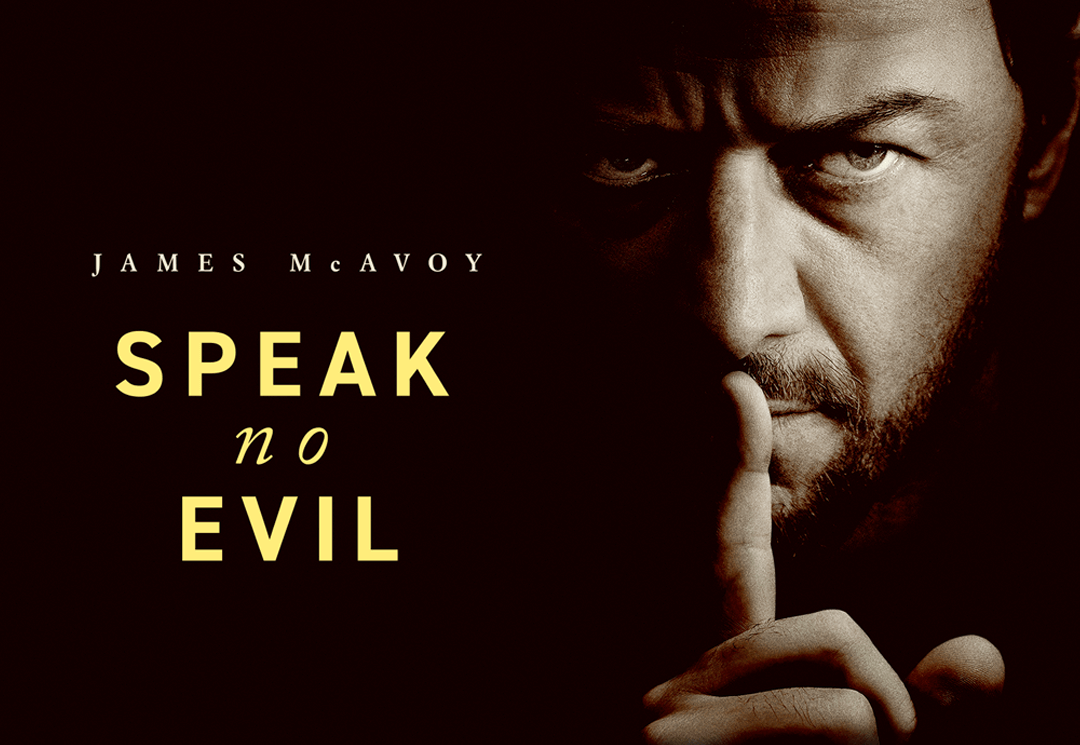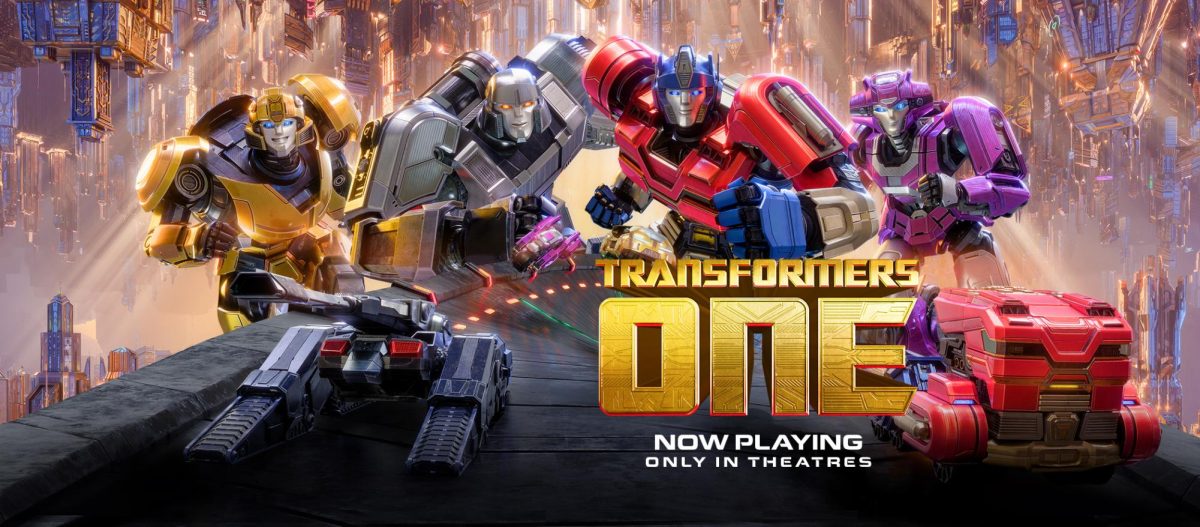
Mad Max: Fury Road is the years-in-the-making fourth installment of the long-dormant Australian franchise, whose last film came out in 1985. That might make it sound like yet another unwanted nostalgia-baiting reboot in the mold of Robocop or Tron: Legacy, if not for a few critical facts:
First, it’s not being raised from the dead by a studio that’s hired some indie darling director with one mediocre semi-success on his resume. George Miller, the Australian director responsible for the first three Mad Max movies, has been trying to get the monstrous project running for years, and after a decade or two making films like Babe: Pig in the City and Happy Feet, he has finally succeeded.
Second, almost everything you see on the screen during Fury Road is real. All the vehicles, all the makeup, even the flame-spitting guitar. All of it was recorded on film with no digital additions, a feat not accomplished on this scale since the late period samurai epics Akira Kurosawa made before he died. Miller essentially ran off to the Namibian desert and filmed a giant, souped-up, gonzo car chase, and he did it with skill, style, and respect for the craft. This is no ordinary reboot – this is the vision of an individual brought to life, making it the most essential Hollywood action movie in years. It’s pure cinema, a visual feast of fire and carnage.

Photo courtesy Facebook
The third thing that separates this from the reboots is the remarkably spare plot, which, as I’ve said, is really just a huge chase. The runner is Imperator Furiosa (Charlize Theron), the faithful War Rig driver for the grotesque warlord Immortan Joe. Normally, she takes the rig into the apocalyptic wasteland on supply runs for gas and bullets. This time, however, she’s transporting cargo much more precious than gas: Joe’s harem of young wives, committed to escaping their hellish role as human cattle. Max (Tom Hardy, replacing Mel Gibson for obvious reasons) joins up after escaping imprisonment, and supports their trek to a fabled ‘green place’ where they can live their mantra: “We are not things.”
This brings us to four: the film has been hotly debated in the press for what is seen as feminist themes. To call this a work of feminism is not incorrect; Charlize Theron is billed right alongside Tom Hardy as Max, who spends most of the first act captured by Joe’s War Boys and used as a “blood bag,” supplying O-negative to a sickly soldier. So-called “men’s rights activists” have moaned about this sidelining, but their concern is of no consequence.
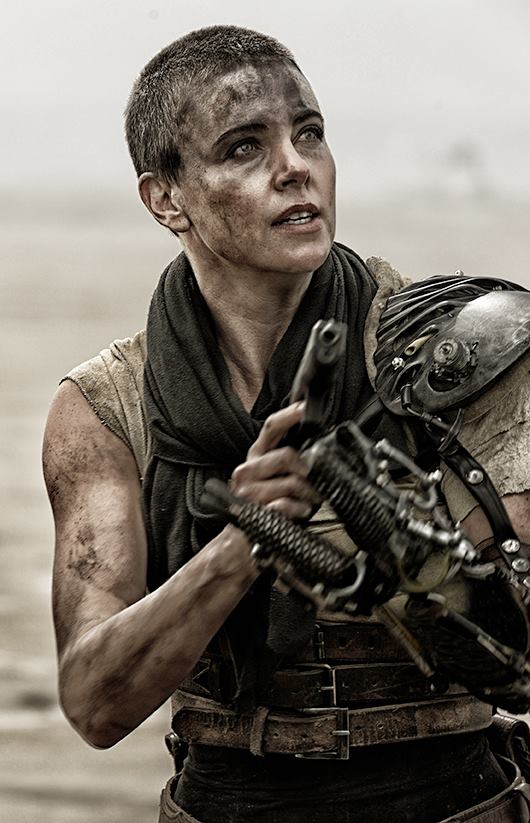
Photo courtesy Facebook
Furiosa is a badass, her struggle is exciting and interesting. The film’s message – “Women are people” – should not be considered radical in 2015, yet it is by sexists on the Internet and their powerful equivalents in charge of studios.
Hollywood has such an enormous problem with representation that the ACLU has demanded an inquiry into film industry hiring practices it sees as biased against women. The industry, it seems, still does not know how to tell stories about women, despite the fact that, as this movie proves, they can do anything men can. Did I mention Furiosa has only one arm? Women can do anything men can do with fewer limbs. A film that gives its female lead just as much, if not more, to do than the male shouldn’t just be a breath of fresh air – it should be the way forward.
In every conceivable way, Fury Road is a unique, visceral, spectacular benchmark of popular cinema. It may not have the sanitized mass appeal of The Avengers, and some may recoil from the ugliness of its broken world, unable to see the twisted beauty within, but it’s an outstanding achievement nevertheless. You’ll feel as if everything onscreen is happening to you, and you’ll love every second of it.
—
If you see an error in this story or have any compliments or concerns, contact newsroomeditor@unfspinnaker.com.




